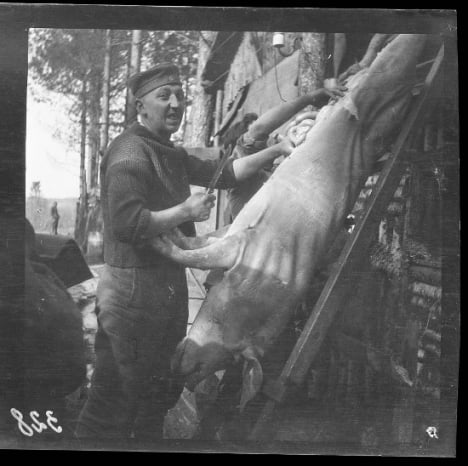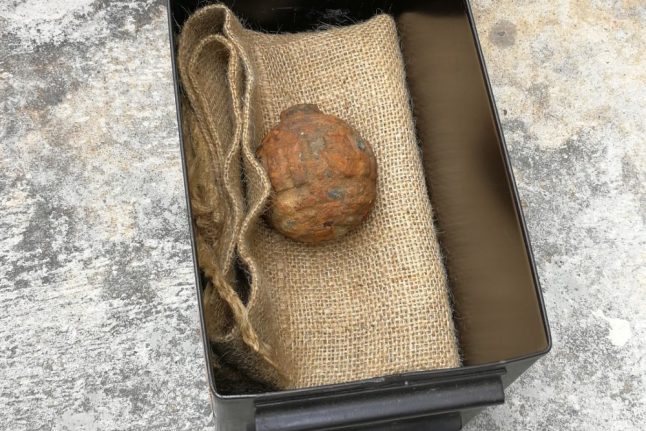Walter Naumann from Leipzig was sent to the Western Front in 1914 with the 105 King Wilhelm II infantry regiment of the Royal Saxony Army.
He was an amateur photographer and had worked in hotels in London, Paris, Grenoble and Atlantic City before the war.
His father owned a restaurant in Bad Düben, north of Leipzig, but Naumann was a keen photographer and his pictures give a rare glimpse of an ordinary soldier’s life 100 years ago away from the fighting.
He served in Belgium and France from 1914 to 1918.
CLICK HERE to see some of Naumann's photos
After the war he returned to Leipzig and went on to work in restaurants across Germany and died in 1952.
The hundreds of photos stayed in a trunk with his family, but have been published thanks to an EU-funded online project called Europeana which is gathering archive photos and documents about World War One from across the globe.
The Local first published a small section of of his photos in February.




 Please whitelist us to continue reading.
Please whitelist us to continue reading.
Member comments